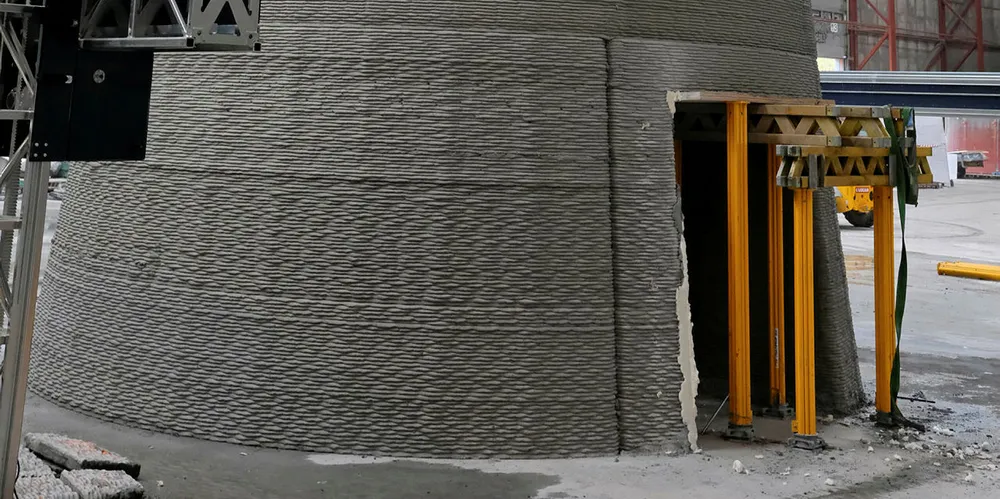GE plans tallest ever wind turbines with 'print-on-site' 200-metre towers
OEM joins partners seeking to produce massive components at projects to boost turbine output by up to a third

OEM joins partners seeking to produce massive components at projects to boost turbine output by up to a third
